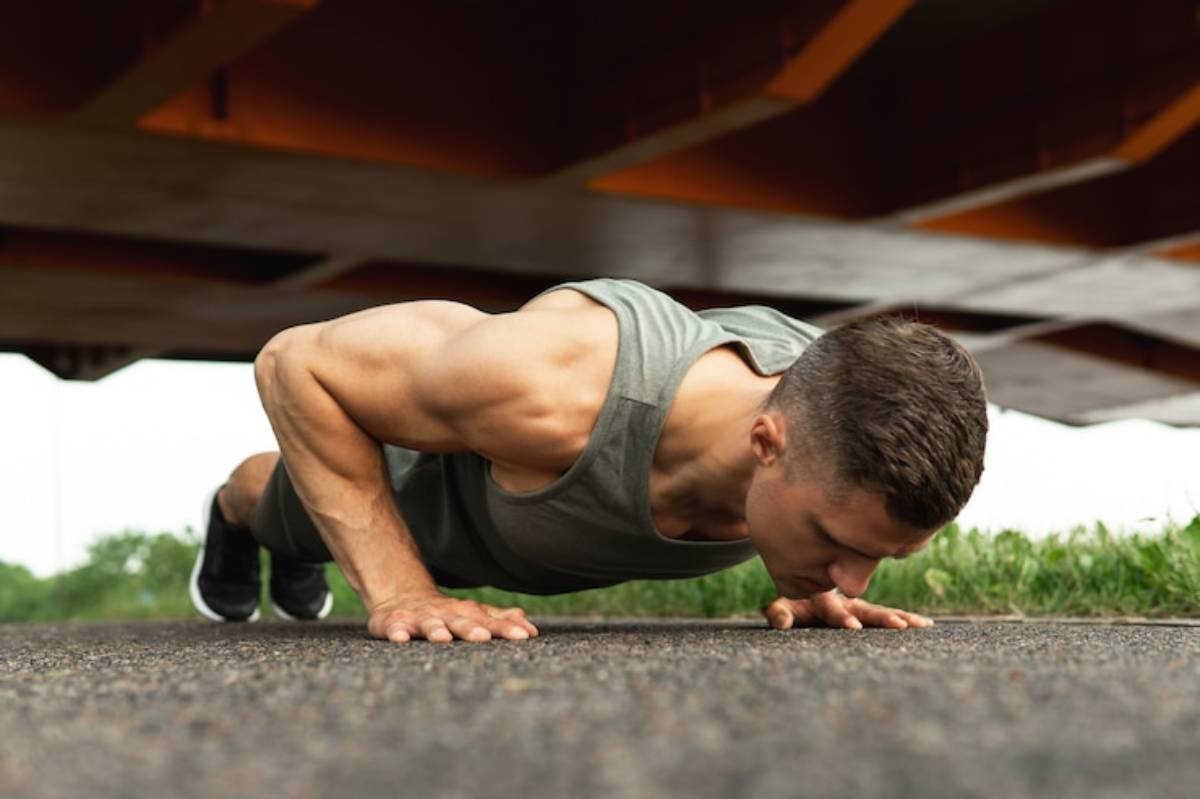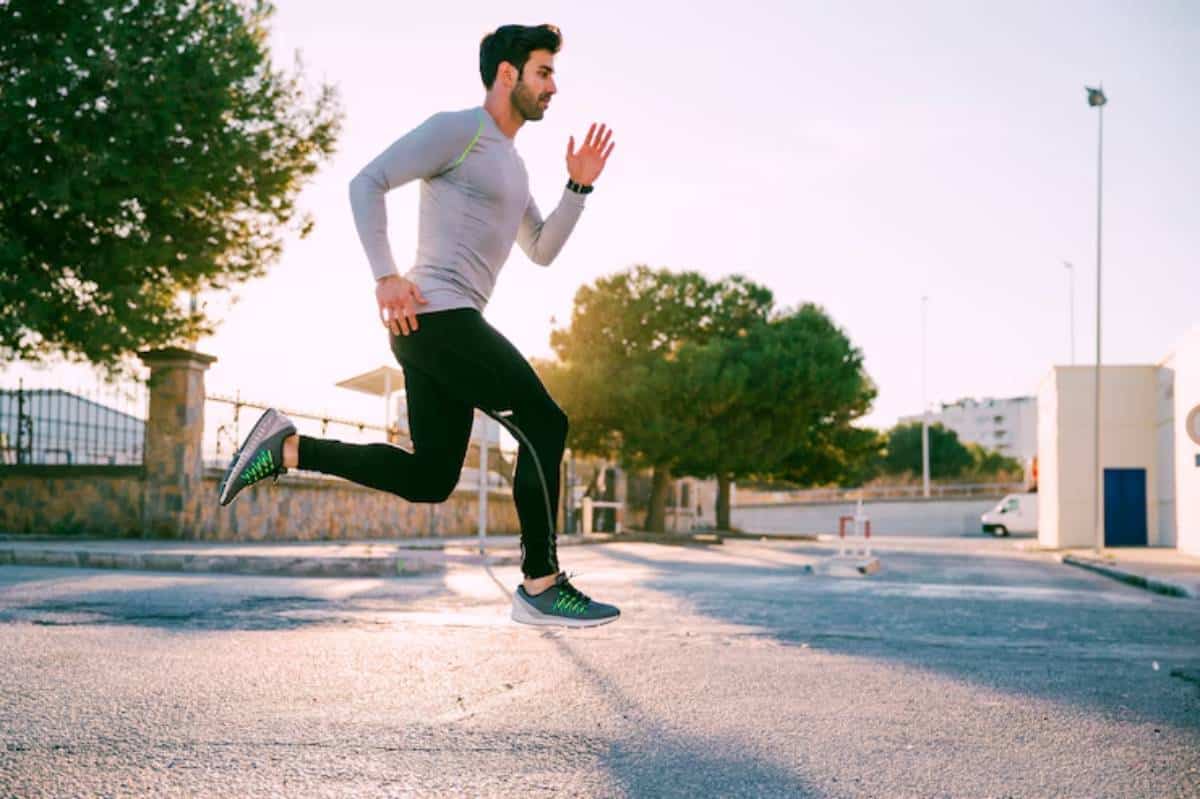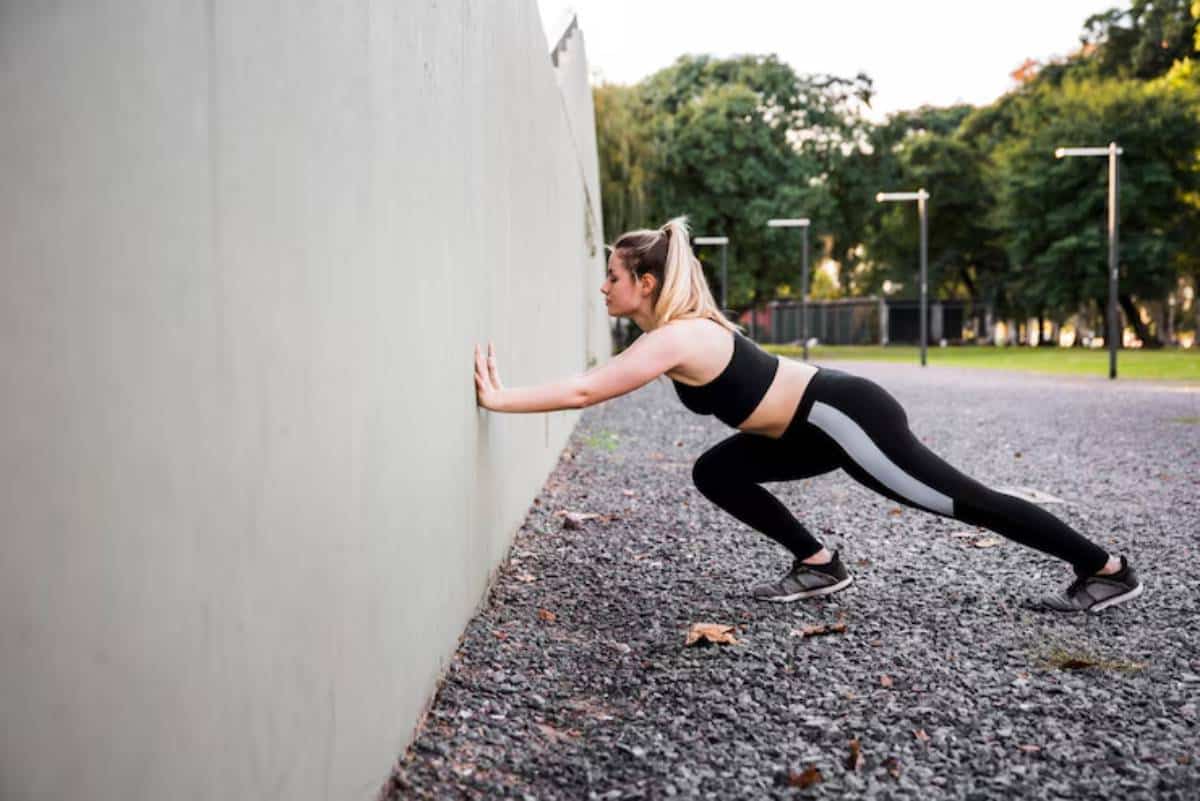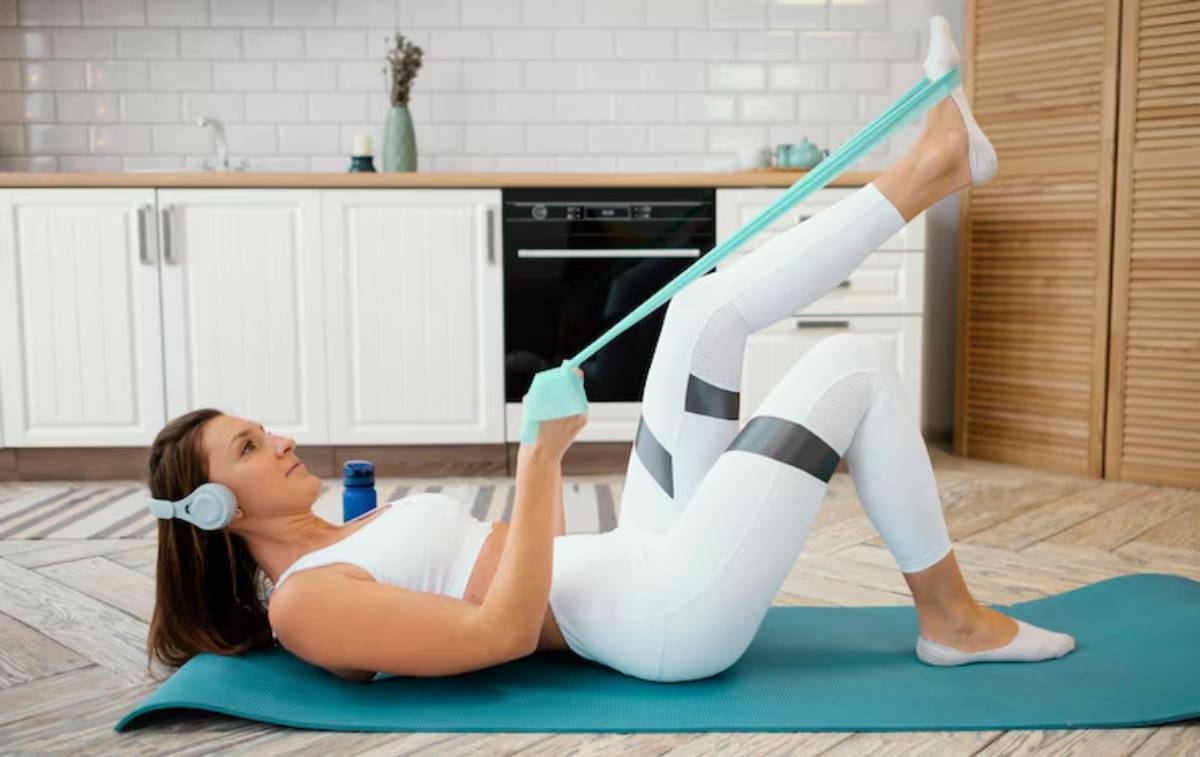
Bodyweight Glute and Hamstring Isolation Exercises for Stronger Posterior Chain Training
Let’s be honest — leg day often gets all the glory, but how much attention do you give to your posterior chain? Those glutes and hamstrings are the powerhouse behind your every step, sprint, and squat. Yet, many routines focus heavily on quads, leaving the back of the body undertrained.
Here’s the good news: you don’t need heavy gym equipment to strengthen these crucial muscles. You can build power, stability, and resilience at home. Just do the right glute exercises and hamstring bodyweight drills — no weights needed.
This guide explores the best posterior chain training techniques using just your bodyweight. You’ll learn why these muscles matter, how to target them effectively, and which exercises pack the most punch. Ready to unlock stronger, more balanced legs? Let’s get into it.
Why Train the Posterior Chain?
Ever struggled with lower back pain after sitting too long? Or felt wobbly during lunges? That’s your posterior chain calling for attention.
The posterior chain refers to the muscles along the back of your body, primarily the glutes, hamstrings, and lower back. These muscles help us stand tall, keep our spine steady, and power hip movements. This includes actions like standing up, jumping, or sprinting.
Benefits of Posterior Chain Training
- Better posture: Strong glutes and hamstrings align your hips and support your lower back.
- Boosts athletic performance: A strong posterior chain helps runners, cyclists, and lifters. It improves speed, power, and endurance.
- Reduces injury risk: Strong muscles lower the chance of strains, especially in the lower back and knees.
- Boosts daily activities: These muscles help with almost every movement, like lifting groceries and climbing stairs.
So, if you’ve been neglecting your glutes and hamstrings, now’s the time to bring balance back.
The Power of Bodyweight Training for Glutes and Hamstrings
Let’s bust a myth: you don’t need a squat rack or barbell to strengthen your posterior chain. Bodyweight exercises are great for isolating these muscles. Focus on slow, controlled movements and use a full range of motion.
Why Go Bodyweight?
- Accessibility: Train anywhere, anytime — no gym required.
- Joint-friendly: Lower impact compared to weighted exercises, making them ideal for injury prevention.
- Enhances control and stability: Bodyweight drills force you to focus on form. This improves muscle activation.
- Supports functional fitness: These exercises mimic real-world movements, improving your day-to-day performance.
Let’s look at some great bodyweight exercises for your glutes and hamstrings.
Best Bodyweight Glute Exercises (No Weights)
1. Glute Bridge
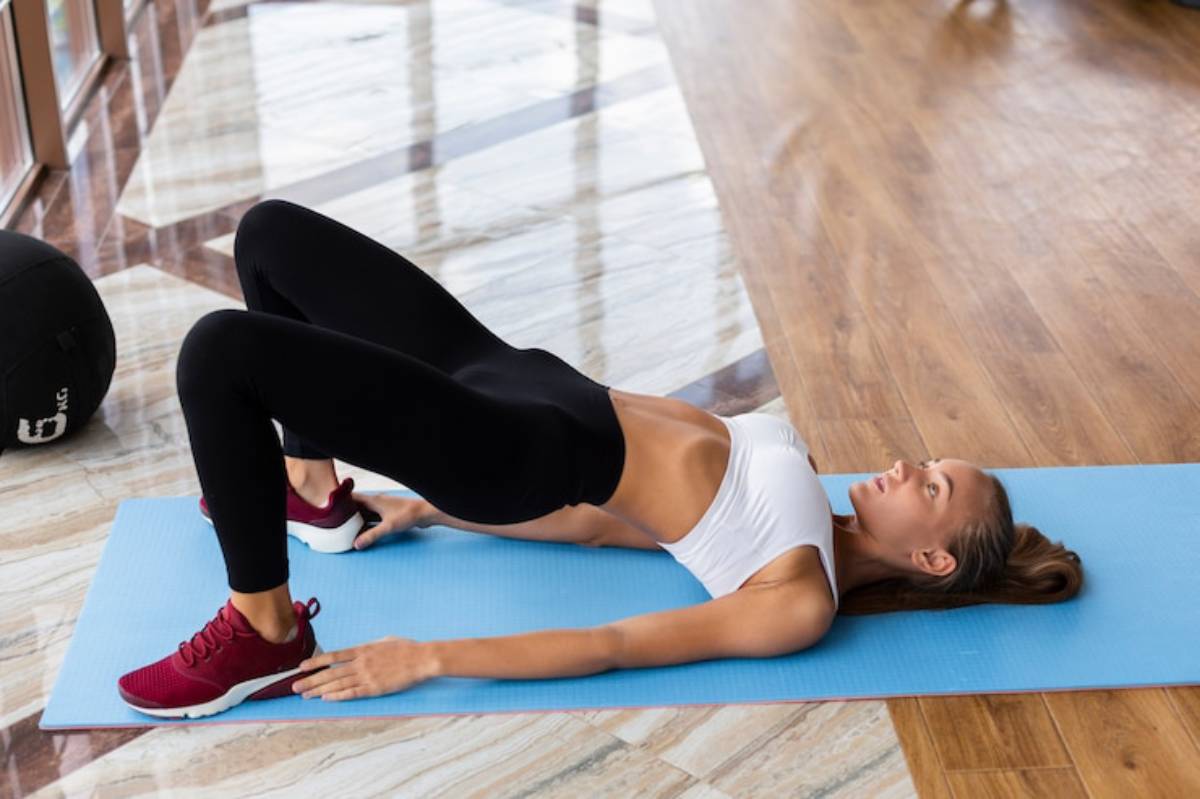
The glute bridge is a classic exercise. It targets your glutes and works your hamstrings and core, too.
How to do it:
- Lie on your back with knees bent, feet flat on the floor, hip-width apart.
- Press through your heels to lift your hips, squeezing your glutes at the top.
- Lower down slowly and repeat.
Reps: 3 sets of 12–15.
To increase difficulty, perform single-leg glute bridges.
2. Frog Pumps
Frog pumps might look odd, but they’re brilliant for isolating the gluteus maximus and medius.
How to do it:
- Lie on your back, knees bent, soles of your feet pressed together.
- Let your knees fall open like butterfly wings.
- Drive your hips upward, squeezing your glutes at the top.
Reps: 3 sets of 20.
Why they work: The foot positioning reduces hamstring involvement, emphasising the glutes more.
3. Donkey Kicks
Donkey kicks target the glutes. They are great for activating the muscles at the top of the hip.
How to do it:
- Start on all fours, hands under shoulders, knees under hips.
- Lift one leg, keeping the knee bent, pushing your heel towards the ceiling.
- Squeeze at the top, then lower back down.
Reps: 3 sets of 15 per side.
Variation: Try straight-leg donkey kicks. They help stretch your glutes and hamstrings more.
4. Glute Kickbacks with Pause
This version of donkey kicks increases time under tension. This makes your glutes work harder.
How to do it:
- Follow the donkey kick setup.
- At the top of the movement, hold for 3 seconds before lowering.
Reps: 3 sets of 12–15 per side.
Top Hamstring Bodyweight Drills
1. Hamstring Curls on the Floor (Bodyweight Nordic Curls)
You don’t need a machine to work those hamstrings.
How to do it:
- Lie on your stomach, legs straight.
- Bend one knee slowly, bringing your heel towards your glutes.
- Lower with control.
Reps: 3 sets of 12 per leg.
Variation: Try using sliders or towels under your feet. This adds a fun twist to your sliding hamstring curl.
2. Wall Hamstring Curls
This version increases the range of motion and tension.
How to do it:
- Lie on your back, place your feet on a wall, and bend your knees at 90 degrees.
- Press your heels into the wall and curl your hips up, engaging your hamstrings.
- Lower back down slowly.
Reps: 3 sets of 10–12.
3. Single-Leg Glute Bridge with Hamstring Focus
This combines glute and hamstring work in one move.
How to do it:
- Lie on your back, one foot planted, the other leg extended.
- Lift your hips, focusing on engaging the hamstrings of the supporting leg.
- Lower slowly.
Reps: 3 sets of 10–12 per leg.
4. Reverse Plank with Leg Lifts
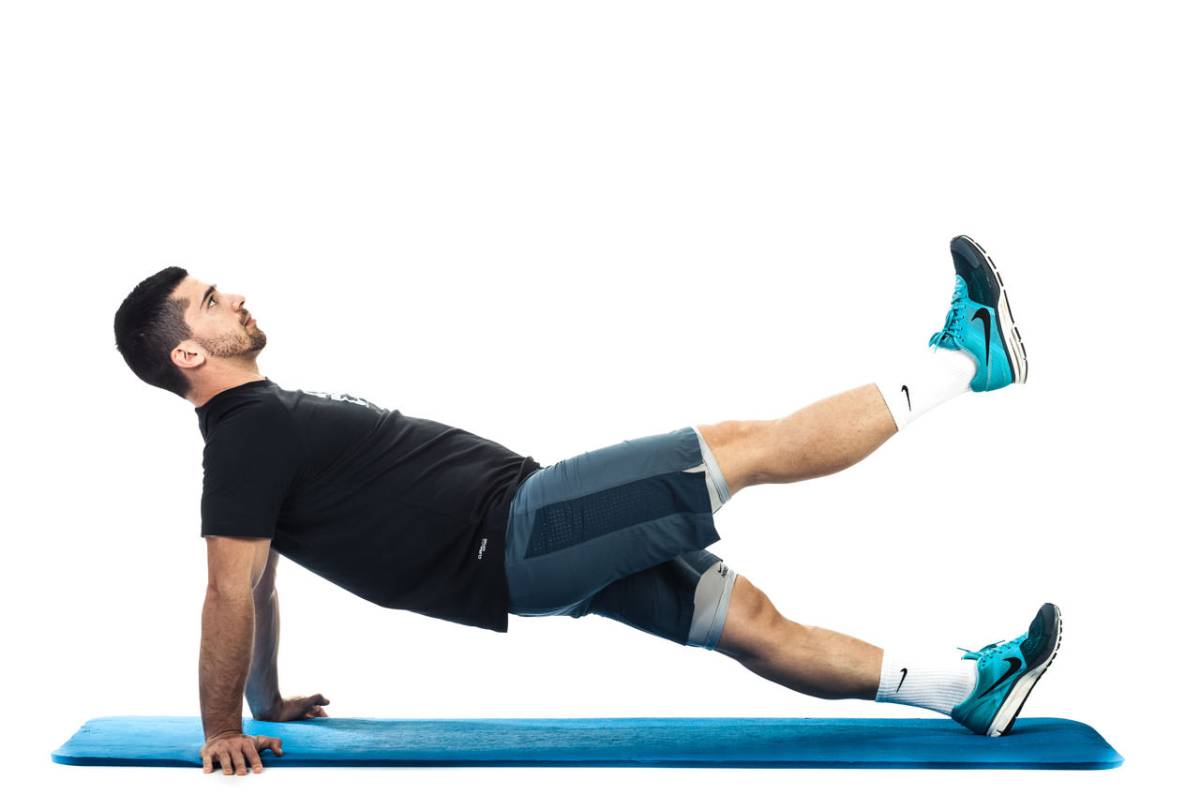
This targets your hamstrings, glutes, and even your lower back.
How to do it:
- Sit with your legs extended, hands behind you, fingers pointing forward.
- Lift your hips, forming a straight line from shoulders to heels.
- Lift one leg, hold for a second, lower, and switch sides.
Reps: 3 sets of 8–10 per side.
Structuring Your Posterior Chain Workout
Here’s a sample workout that blends the exercises above for a well-rounded posterior chain session:
| Exercise | Reps | Sets |
| Glute Bridge | 12–15 | 3 |
| Donkey Kicks (each side) | 15 | 3 |
| Hamstring Floor Curls (each leg) | 12 | 3 |
| Single-Leg Glute Bridge (each leg) | 10–12 | 3 |
| Frog Pumps | 20 | 3 |
| Reverse Plank with Leg Lifts | 8–10 per side | 3 |
Rest: 45–60 seconds between sets.
Frequency: Perform this workout 2–3 times per week, with at least one rest day in between.
Common Mistakes and How to Avoid Them
- Rushing through reps: Slowing down increases time under tension, boosting results.
- Neglecting the mind-muscle connection: Focus on the muscles you are using to boost engagement.
- Skipping warm-ups: Dynamic stretches prepare your hips, hamstrings, and glutes for action.
Conclusion: Build a Balanced, Strong Posterior Chain
Training your glutes and hamstrings with bodyweight drills and exercises isn’t just for looks. It builds a stronger, more balanced body. This helps you move better and avoid injuries.
Adding glute exercises and hamstring bodyweight drills to your routine will strengthen your backside, improve your posture, and boost your athletic performance.
So, are you ready to give your posterior chain the attention it deserves? Try these exercises and feel the difference. Got questions or want to share your progress? Drop a comment below — I’d love to hear from you! And if you found this guide helpful, why not share it with a friend who could use a stronger backside?
